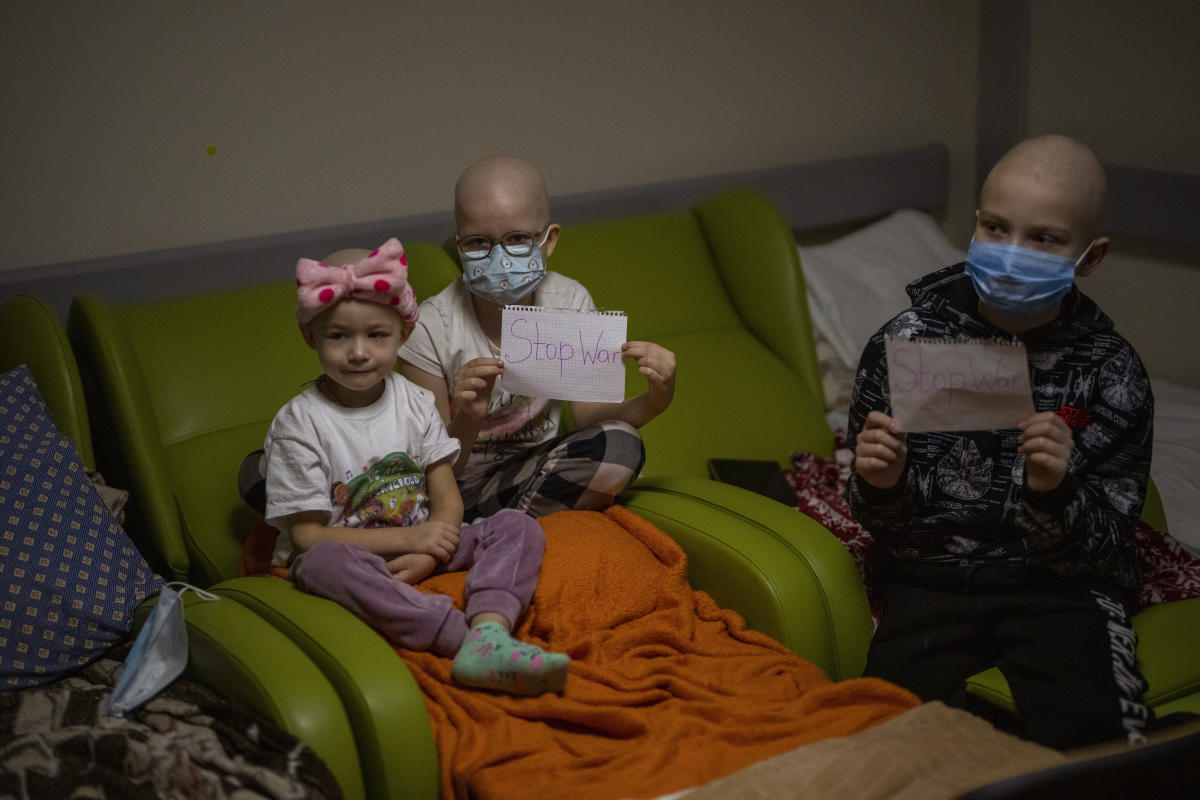
What has war looked like for the children of Ukraine?
For many, it has meant sheltering in basements and subway stations while Russian forces attack cities and street fights rage. For others, it has meant a scramble to escape, leaving homes and fathers, taking trains and buses or walking for miles with their families in hopes of crossing into a safer country.
Some children have been killed or injured in the conflict. One 6-year-old girl in the southern city of Mariupol was hit during shelling. She was raced to the hospital in an ambulance but died as her parents, nurses and doctors wept.
Babies were born into a world of tumult. At the Okhmadet childrens hospital in the middle of the capital, tiny twin newborn brothers were swaddled in blankets on the basement floor. Across the country, in Mariupol, Kateryna Suharokova gave birth to a son, Makar, in the basement of a maternity hospital converted into a medical ward and used as a bomb shelter.
Children too young to understand the reasons and history of the conflict with Russia still saw it come home. One 3-year-old boy in Kyiv stared quietly at the open casket at the funeral of a Ukrainian soldier.
And at the cancer hospital, young patients in the basement held up signs in English for a visiting photographer: “Stop War.”
Across Ukraine and in refugee shelters across the borders, parents have struggled to comfort their children. Mothers rock them on subway platforms or carry them for miles in the cold. They find diversions for nights spent underground — books, toys, phones, pets. At one border station in Poland, refugees were met by boxes of donated clothes and toys.




